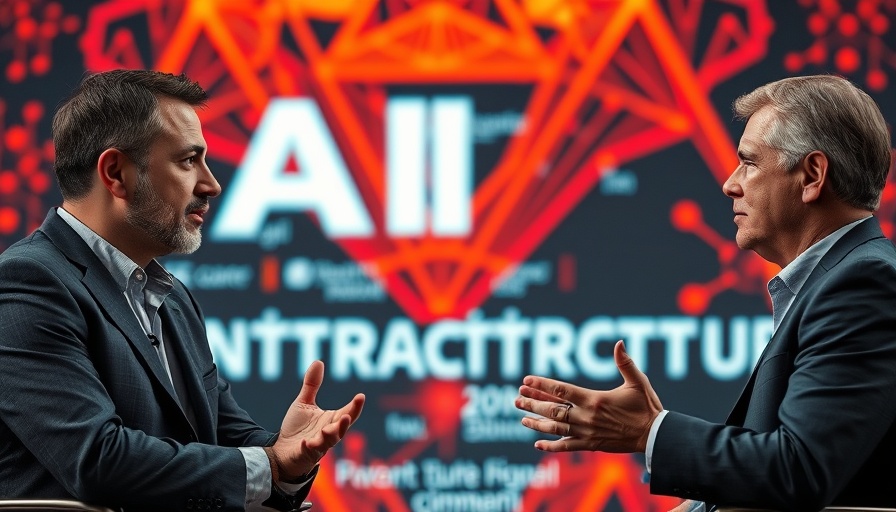
The Evolution of AI Workloads: What You Need to Know
Artificial Intelligence (AI) has been making waves across various industries, and as demand surges, understanding how to manage AI workloads becomes a paramount challenge. With the global energy map reshaping due to the power-intensive nature of AI, companies must consider the implications on infrastructure and operational costs. An insightful discussion led by Chris Campbell and Don Malero from Worldwide Technology highlights the complexities of deploying AI workloads effectively.
In Assessing AI Workloads- How to Choose the Right Environment for Enterprise AI, the discussion focuses on the critical infrastructure decisions surrounding AI, highlighting the importance of strategic planning.
Understanding AI Workloads: Beyond Traditional IT
It's essential to recognize that AI workloads differ significantly from traditional IT setups. AI requires a distinct infrastructure that manages vast amounts of data and computing power, which makes decisions around implementation critical. Companies must contemplate the location of their workloads—whether they should be hosted on-premises, in colocation centers, or in the cloud. Each option comes with its own set of challenges, especially regarding power, cooling, and space.
The Challenges of Infrastructure Investments
The initial excitement of deploying AI can quickly be tempered by the financial realities of infrastructure investments. Poor planning can lead to performance bottlenecks, increased costs, and project delays. Organizations must analyze their specific needs, avoiding a one-size-fits-all approach. The right setup means understanding how to integrate AI into existing operations without exorbitant expenditure or compromising data security.
Strategic Questions for a Successful AI Journey
Experts emphasize that before companies launch into AI projects, they should be asking themselves the right strategic questions. What infrastructure can reliably support their ambition? How sensitive is the data? By taking a step back, businesses can frame their AI workload decisions as integral, rather than as an afterthought, ensuring sustainability and effectiveness.
In conclusion, navigating the complexities of AI workloads is no simple task. Organizations that thoughtfully consider their strategies and infrastructure will pave the way for successful AI integration. With the right questions and plans in place, businesses can unlock the transformative potential of AI.
 Add Row
Add Row  Add
Add 




Write A Comment